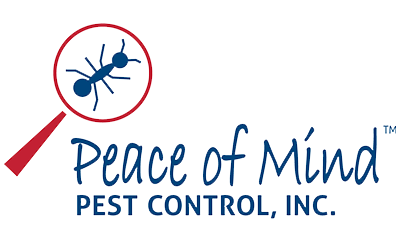Hornets are fascinating insects known for their large size and sometimes aggressive behavior. Understanding where and how they build their nests can help in managing hornet control around your home. This guide explains the nesting habits of hornets and the common places you might find their nests. By knowing more about their behavior, you can take steps to protect your property and stay safe.

Where Hornets Build Nests
Common Nesting Sites
Hornets prefer to build their nests in sheltered locations. Common places include tree branches, shrubs, and under the eaves of houses. They look for spots that provide safety from the elements and predators.
Inside Structures
Sometimes, hornets build nests inside buildings. Attics, wall voids, and garages are favored spots. These locations offer warmth and additional protection, making them ideal for hornet nests.
Factors Influencing Nesting Sites
Several factors influence where hornets build their nests:
- Climate: Hornets tend to build nests in areas where the climate is mild. Extremely hot or cold temperatures can affect their survival, so they seek out locations that provide some climate control.
- Availability of Materials: Hornets use wood fibers and saliva to build their nests. Thus, areas with ample wood sources, like wooded backyards or homes with wooden structures, are more attractive.
- Safety from Predators: Hornets choose nesting sites that offer safety from predators such as birds and other insects. High, inaccessible locations or hidden spots within walls and attics are preferred.
How Hornets Build Nests
The Building Process
Hornets use chewed wood fibers mixed with their saliva to create a papery material for their nests. The queen starts by constructing a small nest and laying eggs. Workers then expand the nest as the colony grows.
Nest Appearance
Hornet nests are typically round or oval and have a papery texture. They can vary in size, from a few inches to several feet in diameter, depending on the colony’s size and age.
Signs of Hornet Nests
Visual Clues
Spotting the nest itself is the most obvious sign. You might see hornets flying in and out of a particular location, indicating a nearby nest.
Increased Activity
An increase in hornet activity around your property can signal a nest nearby. Pay attention to where the hornets are coming from and going to.
Hornet Control
Preventive Measures
To prevent hornets from building nests, keep an eye on common nesting sites and remove potential materials they could use. Regularly inspect your home and yard for early signs of nests.
Safe Removal
If you find a hornet nest, it’s best to call a professional for removal. Hornets can be dangerous, and trying to remove a nest on your own can result in stings. Professional hornet control services have the right equipment and knowledge to safely handle the situation.
Hornet Nest Detection and Safe Removal Strategies
Understanding how and where hornets build nests is crucial for effective hornet control. Hornets usually choose sheltered, hidden spots that protect their colonies. By regularly inspecting your property and taking prompt action when you notice signs of nests, you can keep your home safe from these insects. If you come across a hornet infestation, it’s best to choose professional removal to steer clear of the dangers hornet stings bring.
For guaranteed safety and effective hornet control in Modesto, trust Peace of Mind Pest Control. Don’t risk stings or DIY disasters; contact us today for professional service that ensures peace of mind and a hornet-free home!





